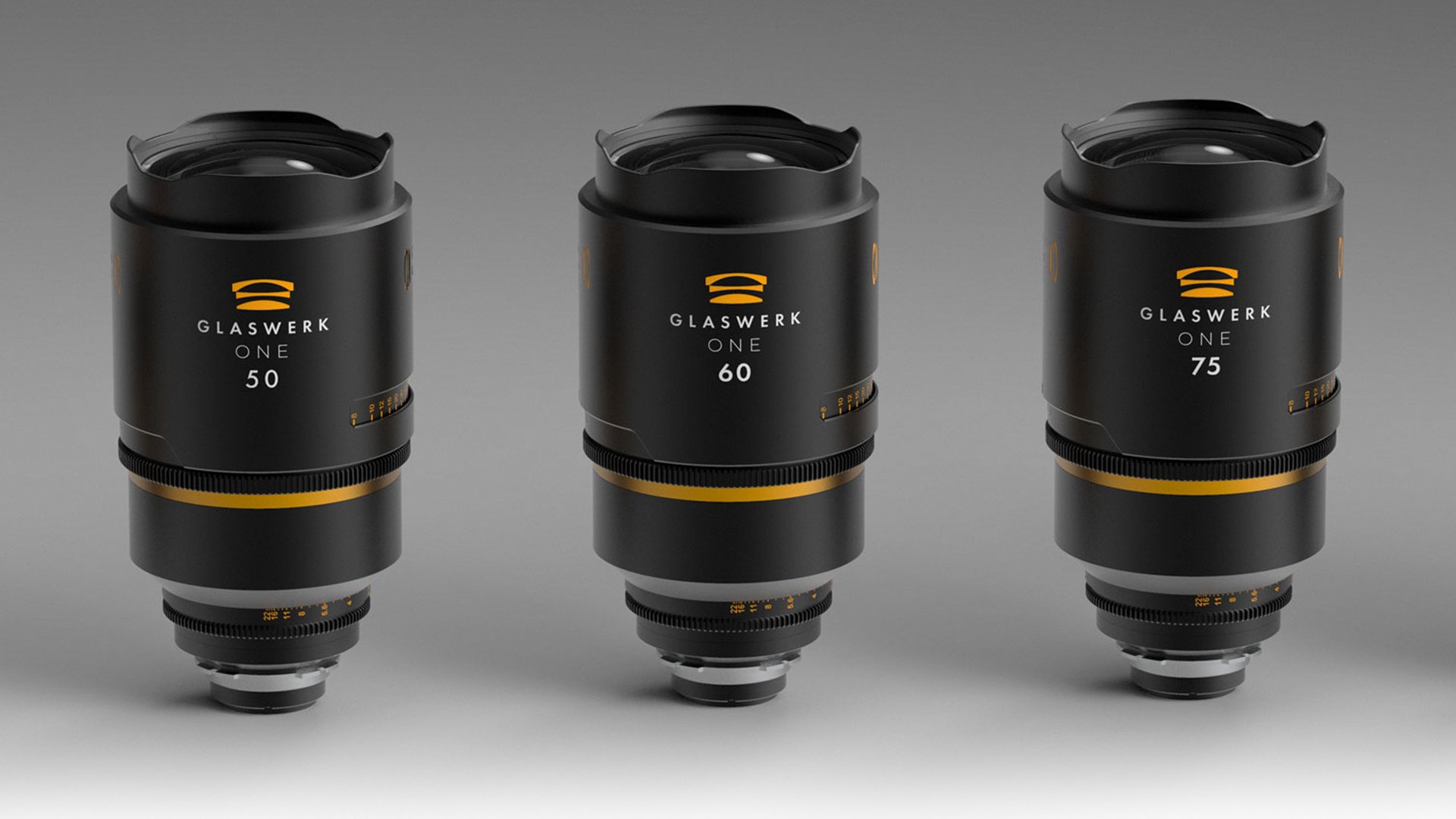
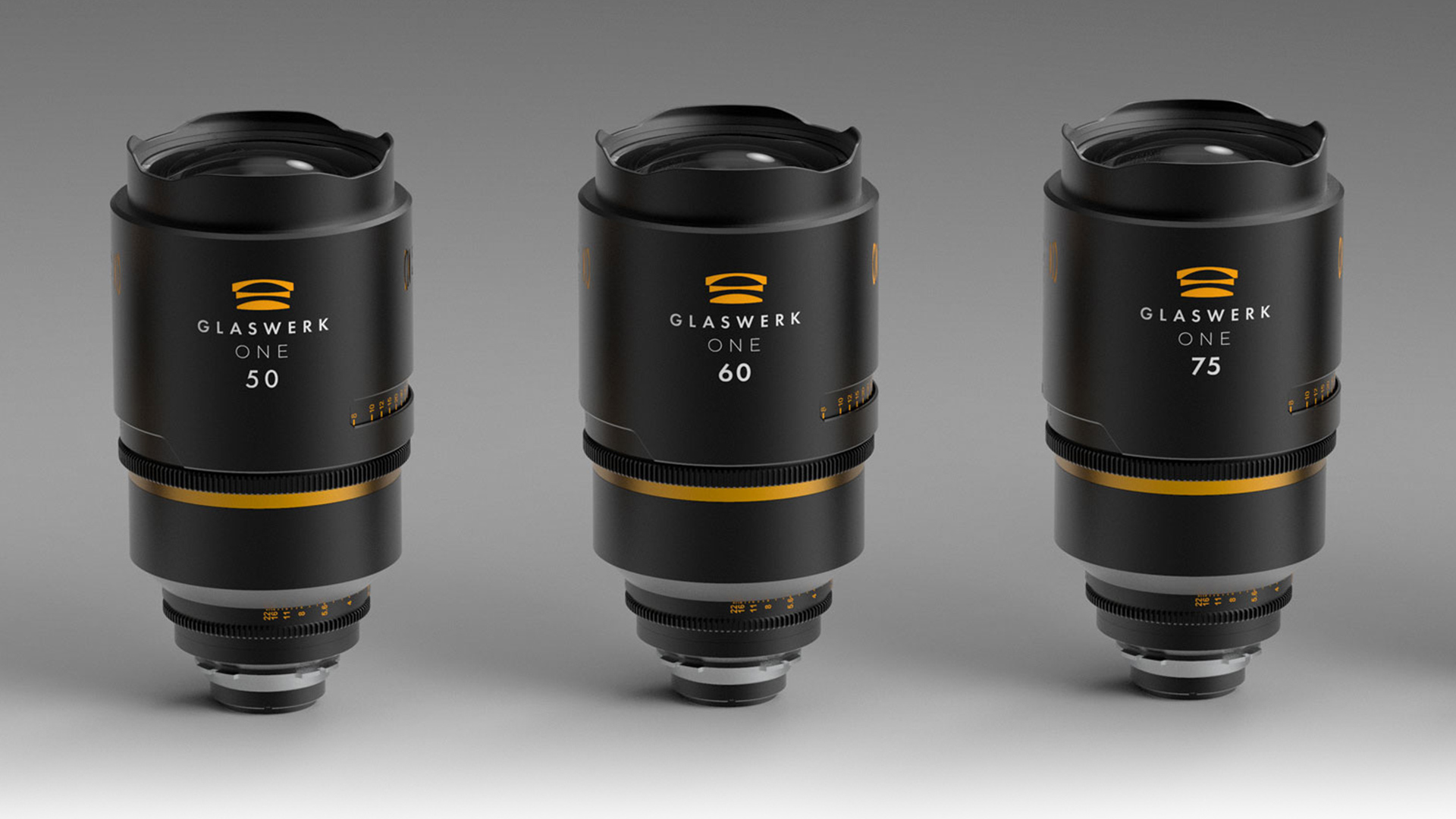
If you like shiny new lenses, IBC 2019 was definitely one of the best places to see them, and this year the name of the game was 'anamorphic'.
Despite the exposure and popularity of high-end filmmaking, the really, really high-budget stuff actually represents a very small proportion of all the film and TV production work that’s actually done worldwide. Walk around the parts of a big trade show that cover lenses, though, and it’d be easy to assume that every YouTube video and CEO’s speech is shot on glass just like that used on single-camera narrative or commercial work. There really seems to be no end to the demand for what would usually be considered lenses for a pretty rarefied market.
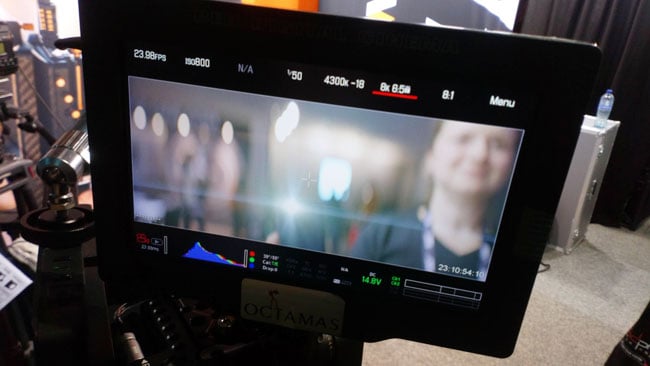
Glaswerk's One series in action, with traditional anamorphic flare
This, then, is an unscientific look at what emerged in the lens exhibits at IBC 2019.
Let’s start at the top. Cooke announced a full-frame anamorphic series a year ago and if lenses were judged on sheer size and solidity they’d take the podium every time. Apparently, the “full-frame plus” anamorphic range of seven lenses between 32 and 180mm should be complete by the end of 2019. Full-frame anamorphic lenses are an interesting proposition: most full-frame cameras, at least those likely to see a Cooke full-frame anamorphic, have more than enough resolution to support cropping to almost any imaginable aspect ratio. The anamorphic approach is, in this situation, not about improving the use of sensor area, at least not to any great degree.
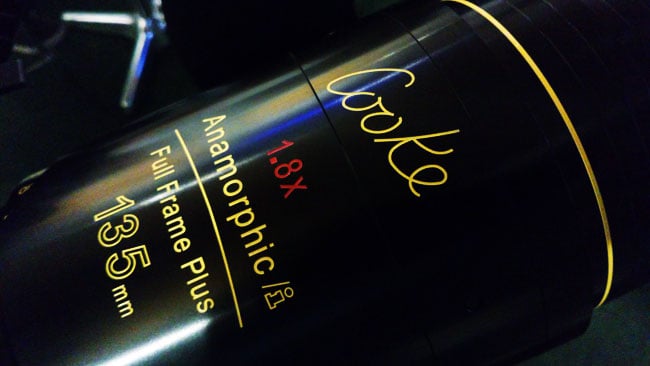
Cooke's carefully-chosen 1.8 to 1 compression ratio
An Alexa LF, for instance, has a slightly squarer-than-average 1.43:1 sensor in the mode with most pixels. A 2:1 anamorphic lens would create a frame nearly three times wider than high, requiring a lot of cropping to get back to a conventional aspect ratio, with consequent loss of resolution. That consideration has led Cooke to offer a lens with 1.8:1 compression on the basis that this represents a reasonable compromise between too much cropping and actually generating the sort of anamorphic artefacts that we’re looking for in the first place.
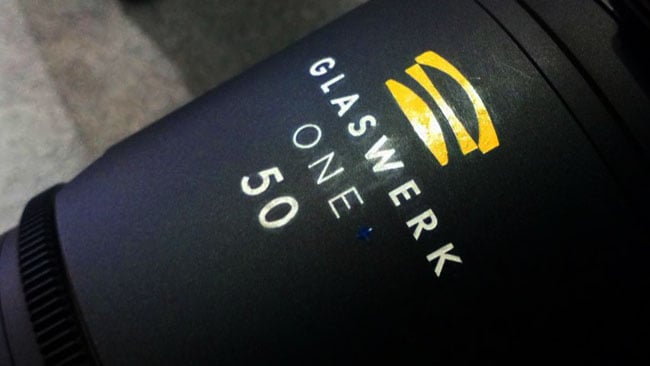
Glaswerk sticks with the more conventional 2 to 1, presumably on the basis that modern cameras have enough resolution to stand the resulting cropping (or have Academy aspect sensors)
That’s not the approach taken by Glaswerk with its One series, which are anamorphic lenses intended for full-frame cameras, but this time in 2:1 compression ratio. An impressive range has been announced with nine lenses between 25 and 180mm and everything up to 135mm opening up to a T2.2 (minimum aperture on the 180mm is to be confirmed.) Close focus is a constant bugbear of older anamorphic designs, but both the Cooke and Glaswerk lenses, for those focal lengths for which a close focus is given, achieve around a couple of feet. That’s the power of modern lens design and also something to remember when looking for “classic” anamorphic lenses which were made for classic studio setups with classic space.
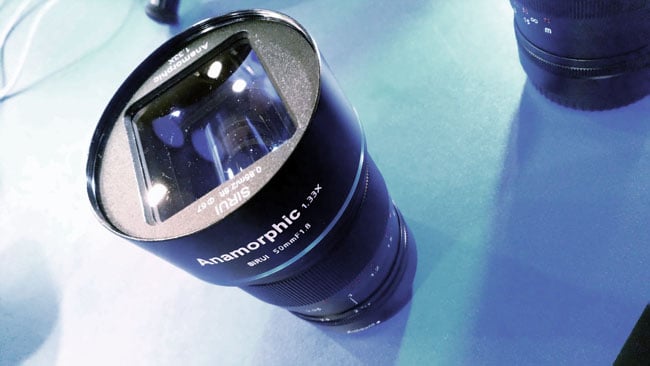
Sirui — anamorphic at a price that most people can consider without wincing
No anamorphic is ever going to be cheap, but way, way down the other end of the scale from Glaswerk and Cooke is Sirui, who showed just one lens, the 50mm f/1.8, in a new range of 1.33:1 anamorphic lenses. The 50mm is to be priced at “around” 700 euro, making it more affordable even than the SLR Magic lenses. Given Cooke's careful consideration of the 1.8:1 ratio for its lenses, there’s a question to be asked over just how classically anamorphic a 1.33:1 lens will look in terms of bokeh and flare. SLR Magic went out of its way to include an elliptical aperture and overtly blue lens coatings to provoke at least some of the artefacts people expect. It’ll be interesting to see how Sirui’s lenses are designed and how they’ll perform in this regard. They are, notably, square-front anamorphic.
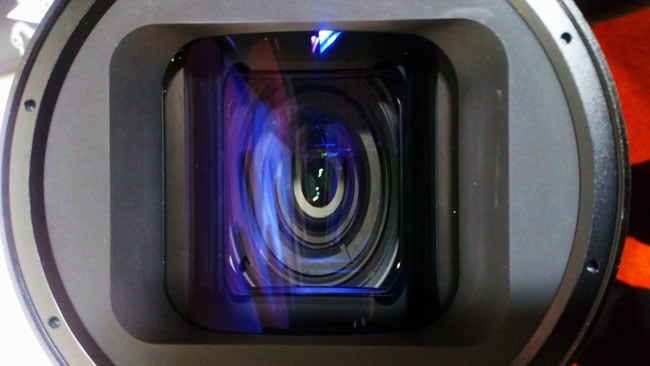
Everybody loves squishy-vision
Moving away from anamorphic, Xeen (recently considered upstarts, but certainly now established) launched the CF range. The initialism stands for “carbon fibre” and the lenses are intended for situations where weight is a factor. Instinctively, this sounds like good news for drone operators, though it has often been remarked that cinema lenses are often vastly bulkier than stills glass of equivalent optical performance and there are a good few reasons why someone might decide to go for a lighter-weight option.
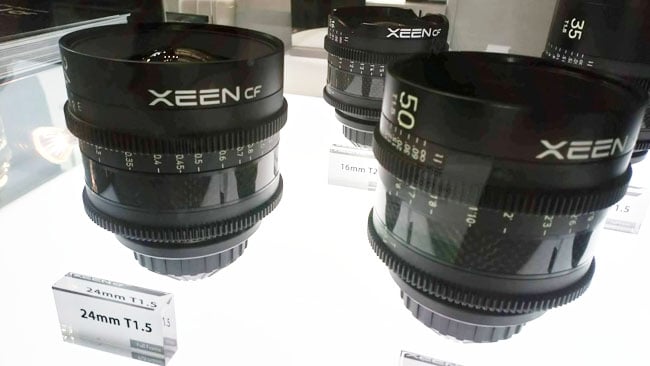
Xeen CF
Just down the hall from Xeen was Sigma with its 2019-release Art Primes, now with lens data using the Cooke /i protocol and beyond that, Irix. Irix has been making photographic lenses for a while and it would be easy to assume that the lenses they showed at IBC 2019 – just two, so far – were a simple rehouse of existing stills designs. Not so, says the company; the designs have been tweaked to minimise breathing which often is a problem in optical designs originally intended for stills work. Recent entrant Spirit Lab with its Prime AI glass was just across the hallway and, of course, TLS, showing, in particular, the ever-popular rehousing of the Canon K35 series, was in attendance.
So no, there seems to be no end to the demand for prime lenses and even multiple entrants at the very high end. It’s reassuring, somehow, to discover that there are still enough filmmakers out there to support all this activity. What’s less certain is how cameras such as the Sony FX9 and Panasonic S1H, with their full-frame sensors, are likely to affect things. Are we likely to see a wholesale move toward full-frame shooting, demanding more affordable options to cover the big chips? How that'll affect things remains to be seen.
Tags: Production


Comments